Streets for People / Improving Lazy Way As a Great “Shared Street” Can Set the Stage for More of the Same Around Our Historic Downtown
On Tuesday night I walked in one minute late for a 5:30 public workshop about improving Lazy Way expecting to find a few people outnumbered by City staff and instead couldn’t find a chair in a standing room only meeting that had maybe 60+ people crammed around tables of appetizers and water (I was really hoping for beer) and sitting in plastic chairs surrounding a makeshift rostrum set atop a pool table on the second floor of Schooner Wharf. Despite the absence of beer, this was not your average City Hall meeting venue.
A who’s who of top-level City staff attended including the City Manager and Police Chief, along with Commissioner Jimmy Weekley, and representatives of most of the Key West Historic Seaport businesses and a few nearby residents too. Why were all these people here to talk about Lazy Way – that iconic little one-way street that runs between William and Elizabeth Streets and parallel to the Harbor Walk? Well, because someone had made the daring suggestion, although no one will admit it anymore, that Lazy Way might be a good candidate to be a car-free or mostly car-free street. And we know if there’s one thing in Key West that will draw an audience, it’s talk of change. Especially if it involves our God-given right to drive our cars anywhere, we want.
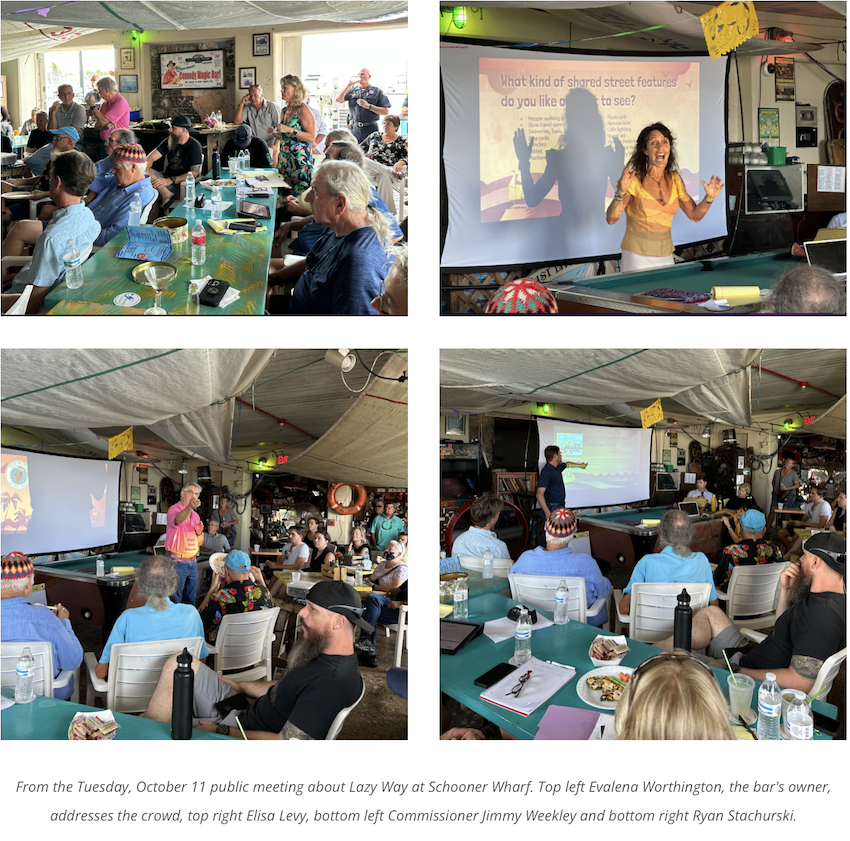
But any notion that Lazy Way would become car-free was quickly put to bed by Commissioner Weekley, City Manager Patti McLaughlin, Transportation Coordinator Ryan Stachurski and Strategic Plan consultant Elisa Levy. Each echoed the other. Lazy Way is a “shared street” that includes vehicles today and that was NOT going to change in the future. Rather, the meeting was about hearing ideas on how to make Lazy Way safer, especially for pedestrians, function better and maybe even more beautiful, not about banning cars. This seemed to take the air out of most of the audience, who came prepared with arguments against any sort of car-free nonsense – although that didn’t stop them from taking up lots of time saying so anyway.
Mr. Stachurski gave a very informative presentation on what exactly shared streets are and provided a bunch of examples on what it takes to make a good, shared street. Ms. Levy then commanded the people in the room, who really just wanted to talk about how much they needed vehicle access along Lazy Way, and actually wrangled a least a dozen good ideas from a wide variety of participants on how to make this little street even better. The audience seemed to nod their head in agreement in liking many of them. The Fire Department representative and Police Chief said they saw no problems with the ideas. And lo and behold, it seemed as if mostly everyone was on the same page and was talking about how we make Lazy Way more pedestrian friendly, while allowing cars. This is important because getting it right here can set the stage for making more pedestrian friendly shared streets or shared street blocks or segments throughout our historic downtown. We’ll spend a little time below discussing what shared streets are, some of the ideas that came out of this workshop and tell you about next steps.
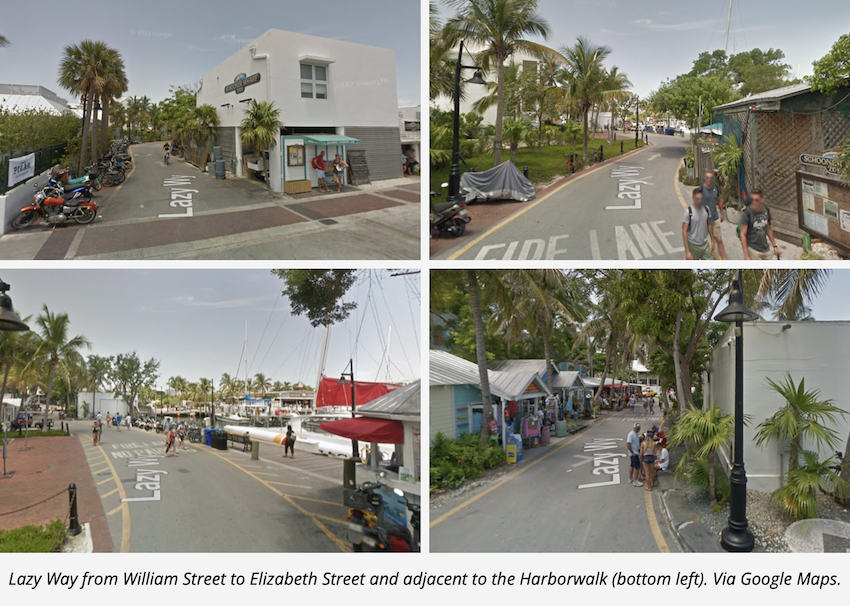
What’s a Shared Street?
A shared street is a street that is shared by pedestrians, bicyclists, and cars as equals. Although cars are allowed, they are restricted to walking speeds, say 5 mph, with the onus of responsibility for safety on the car driver. Calming features let vehicles know they are guests. People on bicycles cede the right of way to people that are walking. Instead of dividing a street with barriers like curbs, sidewalks, and bike lanes – where each user has their own space, everyone uses the street simultaneously and cars are forced to drive slowly.
There are examples of this all over the world, especially in Europe. One of the best examples many of us know about is Commercial Street in Provincetown, Massachusetts. Mr. Stachurski suggested in his presentation that some of the calming features or furniture include art, bike racks, benches, planters, tables, and chairs and treating the road with pavers or bricks or even painting it the with fun colors or art. All these things signify to cars that they are someplace different and although welcome that they are the guest and need to cede the right of way.
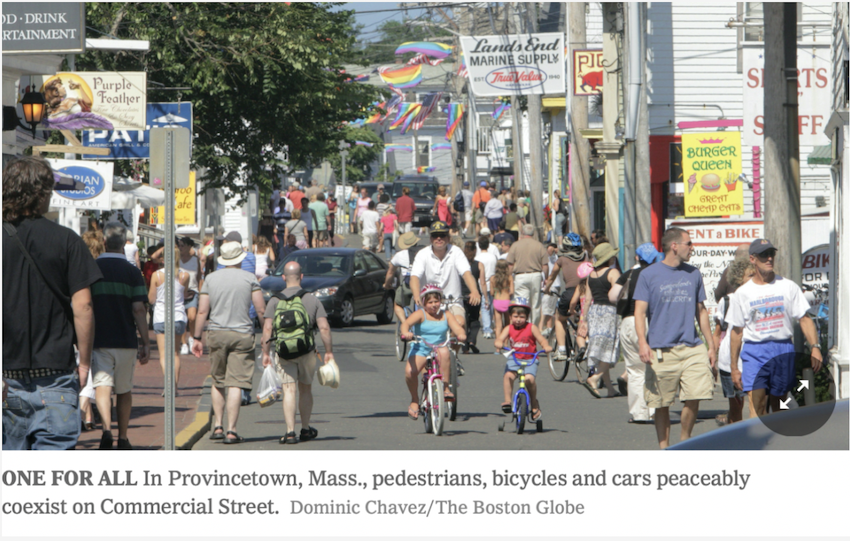
Why a Shared Street Rather Than a Car-Free Street Is Okay
Many citizens have said they want some car-free streets around downtown. A survey of residents for the City’s Strategic Plan backs this up. But we’ve been talking about car-free streets in Key West for decades and nothing gets done because of the all or nothing approach. Let’s think about how we accommodate:
- Access for delivery vehicles
- Access for vehicles for seniors, people with mobility or ADA issues that need to be dropped off at the door
- Taxis, Ubers and Lyfts
- Hotels, inns, and business with access off the street
- Police, fire, and emergency vehicles
The majority of those who attended the meeting were from the business community and most of them said their customers needed vehicle access to the street for all of the reasons above. And they were adamant that they’d vigorously oppose any regular closing of the street. A shared street allows vehicles for these uses. You might say these are “authorized vehicles.” But because on a shared street the speed limit is 5 mph and because pedestrians and bicycles are in the middle of the street, it discourages through traffic that doesn’t have a purpose to be there and it helps pedestrianize the street.
On the other hand, Sue Huffaker, a resident who lives nearby told me after the meeting:
“My main theme is: NO CARS! It’s such a narrow little lane, no room for sidewalks, with a pleasing, restful, old-fashioned atmosphere to it. Make it even more beautiful and playful and fun—which means, no vehicles! I love the idea of prettying it up with strings of lights, planters, artworks, etc. and even benches. “
So, shared streets are a great compromise between these positions.
More about shared streets from the Urban Street Design Guide by the National Association of City Transportation Officials and from the Global Designing Cities Initiative.
And here’s an article we did on the subject a while ago: Eight Things We Can Do to Pedestrianize Duval and Still Allow Cars; March 5, 2021.
Some Ideas from the Lazy Way Workshop
Lazy Way is already a good shared street. Not a lot of vehicles use it and those that do seem to sense they are guests and need to be extra cautious. But the question put to the audience of mostly adjacent business owners is can we make it better and safer. Ideas included:
- Wayfinding signage showing how to get to the Harbor Walk
- “Authorized Vehicles Only” signs
- Better signage/paint in street indicating it is a one-way street
- Signs saying slow down or indicating the speed limit is 3 mph
- More and better organized bicycle and scooter parking
- Pavers or imprinted asphalt that looks like brick rather than black road
- String lights over the street as it is dark at night
- Painting the street in a design or with art
- More benches, tables, and chairs
All of these are good ideas that would make Lazy Way safer, function better and more beautiful. Win, win, win.
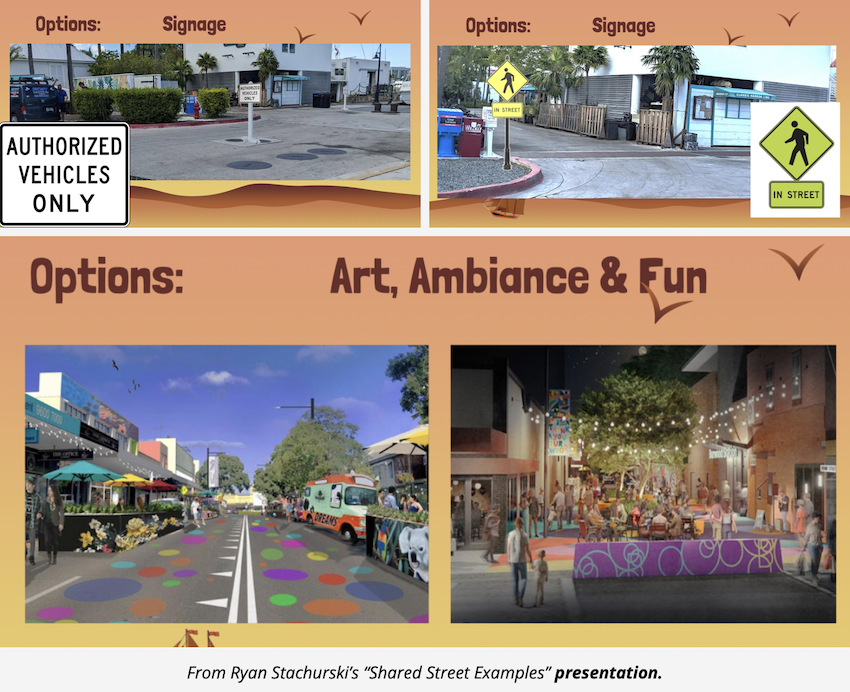
Next Steps On Lazy Way
At the meeting Elisa asked participants to take their sticky dots and put them next to the ideas they really liked. Everyone got up to 3 dots. Blue dots in the pictures are from people representing businesses and all the other colors are residents. It looks like Signage, string lights, organized bike/scooter parking and painting the street were the most favored ideas. City staff is going to take these and follow-up with the Director of Engineering, Ryan, Patti, likely Police and Fire and possibly Commissioner Weekley to verify the initiatives to put forward for Lazy Way. They’ll create a timeline for an action plan to get these things accomplished in the coming months.
Here’s what Ryan Stachurski the City’s Multi-Modal Transportation Coordinator after the meeting:
“A lot of people are very passionate about Lazy Way and really want the best for their community! Many tenants voiced their concerns about regular street closings, but did like some ideas such as improved signage, improved bike and scooter parking, and cafe / string lights to brighten the area at nighttime. I hope we can deploy some of these shared-street ideas and bring them to other areas of Key West as well.”
Key West Residents Want More Pedestrian Friendly Streets
In the 2021 survey of Key West residents that led the City’s Strategic Plan, “traffic and pedestrian friendliness” ranked 16 out of 18 City services. It was the third most complained about topic after housing and road repair and in 3 focus groups of teachers, parents, and workers, the #1 request was more pedestrian friendly streets. Addressing Lazy Way is just the first step in giving the residents what they want.
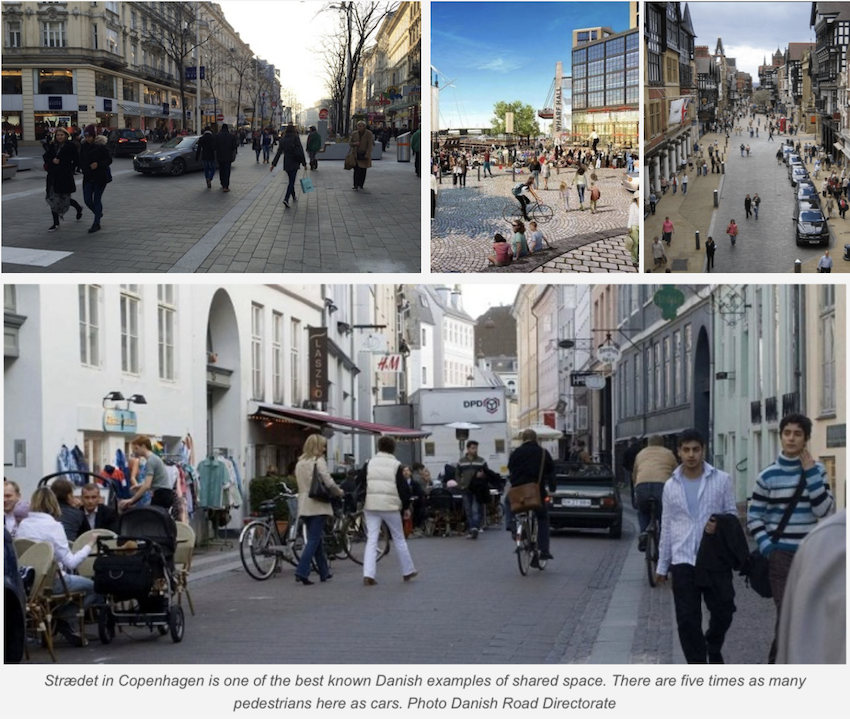
Getting Lazy Way Right Can Lead to More Shared Streets Around Downtown
Pedestrian and bicycle friendly streets bring more customers to our small Mom and Pop shops. They are better for our environment and our health. They are more equitable in using our community’s resource – the street itself – for everyone, not just private car owners’ convenience. Residents want more of them. They are one of the reasons tourists come to love the places they visit because they can get car-dependent places on the mainland. Shared streets or blocks may be the best way to compromise between the all or nothing approach of car-free streets. By getting Lazy Way right, by making it more pedestrian friendly, safer, functional and beautiful we can set an example for other places downtown, like parts of Petronia Street, Duval Street and perhaps Fleming or Southard to name a few.
What the meeting on Tuesday night at Schooner Warf showed us is that we here in Key West CAN come together and reasonably agree to move forward on a project if we agree to listen, learn, and not talk past each other. Here’s looking to a more walkable and bikeable downtown – that would benefit all of us.
# # #
Chris Hamilton is founder of the local advocacy group Friends of Car-Free Key West & Duval Street/Historic Downtown. A native of the District of Columbia, where for a couple decades+ he led nationally renowned efforts promoting transit, bike, walk and smart growth for Arlington County, VA’s DOT. Chris has lived in Key West since 2015. He lives car-free downtown and works and volunteers for a few non-profits. Follow him on Twitter here and his blog here.
You can find two years’ worth of KONK Life Streets for People column articles here and here and the most recent 2022 stories below:
- Ian’s Lesson: Key West Infrastructure Needs to Be as Resilient as Its People; October 7, 2022
- The Mayor’s Strategic Plan is Helping the City Bureaucracy Get Stuff Done; September 16, 2022
- Wreckers Cay and County Need to Do Better By New Residents Who Want to Ride Bikes Between Stock Island and Key West; September 2, 2022
- Staff Takes Bull By Horns and Upgrades Embarrassing Duval Loop Bus Stop Signs; August 19, 2022
- Key West Mayoral and District IV Candidates in Their Own Words on Bike, Walk and Transit Issues; August 5, 2022
- Freebee On-Demand Ride-Hailing-to-Transit Might Provide Stock Island Residents With Reason to Leave Their Cars at Home; July 22, 2024
- Construction on First and Bertha Streets Doesn’t Follow the Bike Plan. Is It Too Late? July 8, 2022
- PeopleforBikes’ 2022 City Ratings Ranks Key West 15th in North America. What Can We Achieve If We Really Try? Our Mayor Says: #1; July 1, 2022
- City’s Uber-Like On-Demand Transit Service Back on Track; June 24, 2022
- 10 Things to Make It Safer to Bike from the 667 New Housing Units on Stock Island to Key West, June 17, 2022
- Duval Loop Ridership is Plummeting. Save the Duval Loop! June 3, 2022
- Traffic Nightmare Looms as 132 New Housing Units Added to Over 700 In the Pipeline on Stock Island and Lower Keys; May 20, 2022
- The Sorry State of Key West Bus Stops Revisited – What’s Happening a Year Later; May 6, 2022
- Ten Ways to Make Car-Free Key West a Reality for Visitors – Part 2: Services, Infrastructure and Policies; April 15, 2022
- Ten Ways to Make Car-Free Key West a Reality for Visitors – Part 1: Marketing; April 8, 2022
- ‘Greener, Cleaner Transport Act’ Says City Vehicles to Be Electric By 2030, Adds Measures to Improve Transit, Biking and Parking; April 1, 2022
- Key West Ruins Everything; March 25, 2022
- Innovative Lama E-Scooter Share Comes to Key West; March 18, 2022
- Stock Island and Lower Keys Workforce Housing Needs Frequent Transit; March 11, 2022
- We Can Adapt and Save the Florida Keys from Rising Seas; March 4, 2022
- Will Deal on Cruise Ships Finally Lead to Closing the Gap at Admiral’s Cut? February 25, 2022
- City’s On-Demand Transit Services Is Delayed Again. It’s 10-Year Plan is Scrapped Too; February 18, 2022
- Airports Need for Additional City Land Could Help Spur Salt Ponds and Smathers Beach “Locals” Bike Trails, February 11, 2022
- Too Much Surface Parking at The Lofts Is a Wasteful Use of Valuable Downtown Land; February 4, 2022
- Here’s the Real Lowdown on the Do’s and Don’ts for E-Bikes and E-Scooters in Key West; January 28, 2022
- Time to Reimagine Car-Centric, Mainland Style Searstown and Kmart into Island-Friendly Centers with Housing; January 21, 2022
- Mallory Sq., Diesel Plant, Duval Street and Bahama Village Projects Create Synergy to Bolster Downtown; January 14, 2022
- 3 Reasons You May Not Have Thought of for Voting YES on 3.2 on January 18; January 7, 2022


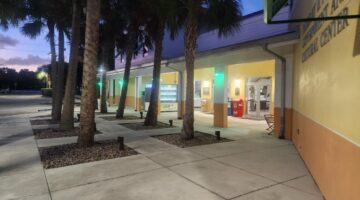
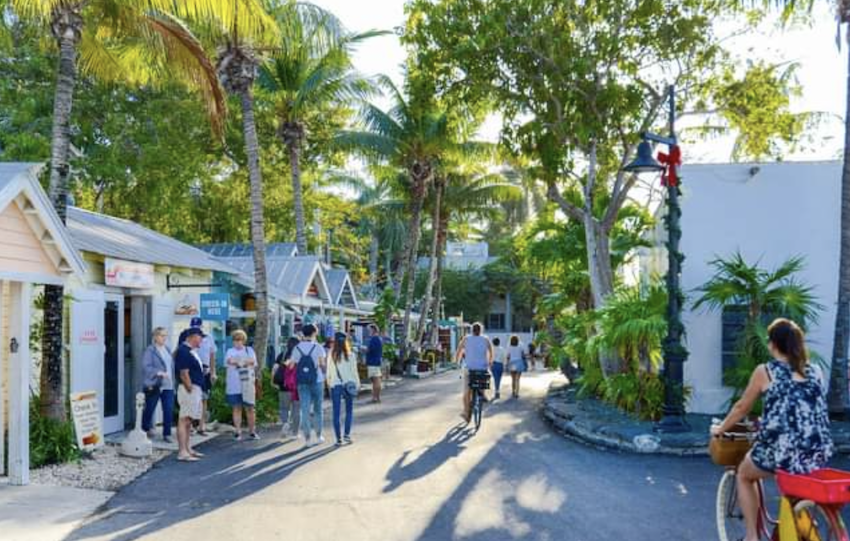


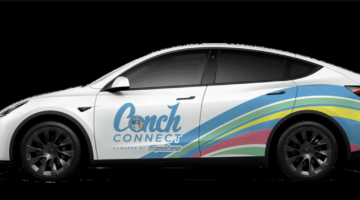
No Comment